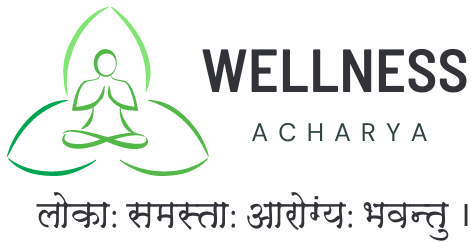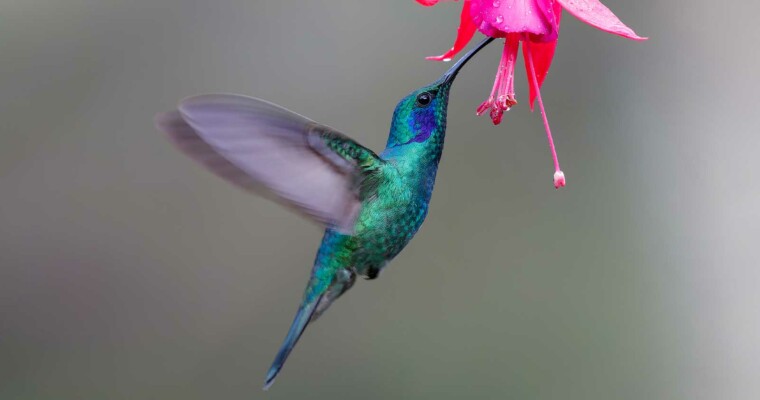THERAPEUTICS OF HUMMING
Most people probably do not think of humming as a health supportive behavior
Humming appears to work through a couple of potential mechanisms. First, humming increases nitric oxide production in the oral cavity (Menzel 2005). Nitric oxide is a signaling molecule involved in dilation of the blood vessels. It is also known to have a role in the immune response, including antimicrobial and antiviral properties.
The other main mechanism that humming appears to engage is a relaxation or parasympathetic response. A couple of small studies on healthy volunteers found that five minutes of bee humming, or humming on the exhale, increased parasympathetic tone while decreasing heart rate and blood pressure (Sujan 2015, Pramanik 2010). However, while confirming the relaxation response, a larger study on patients with high blood pressure did not find a decrease in blood pressure after a humming session (Ghati 2021).
Sinus Allergies
In a study on patients suffering from sinus allergies, patients were given a standard steroid nose spray. In addition, half the participants were instructed in an alternating nostril bee-humming exercise (Nair 2012). After three months, the standard treatment group had a reduction in allergy symptoms of 25%. In the group that included humming, symptoms improved almost twice as much, by 49%.
Chronic Sinusitis
A clinical trial in patients with chronic sinusitis found benefits with a humming meditation technique. Half of the patients were treated with standard therapy, while the other half were treated with standard therapy plus meditative humming for fifteen minutes twice daily. With standard therapy, sinusitis symptoms improved by 26%. When combined with the humming technique, symptoms improved by 37% (Abishek 2019).
Stress
Due to the relaxation inducing effects of humming, it may have an overall stress-relieving impact. A small non-peer reviewed study on stressed medical residents found benefits with meditative-type bee humming. After being instructed in the technique, the residents then used the technique on average five times over the course of a week. Stress assessment taken before and after found a 30% reduction in residents with moderate to high stress levels (Yadav 2020).

